Imagine this scenario:
You want to buy a new pair of running shoes online.
Where do you start your search?
Maybe you visit Amazon.
After trying a few search queries, you narrow down your selection to three to four choices.
Besides having a long term penchant for a certain brand and your budget, what is the number one factor that will influence your buying?
My guess is you wouldn’t buy a product with lots of negative feedback.
The winner, for you, will be the product with positive reviews showing its use cases in various conditions (where you expect to use it).
Am I correct?
Whether it’s a shoe or a shirt, you most likely want to see a proven, real-World example of the success of the product you intend to buy.
Similarly, if a business is searching for marketing agencies to handle its social media marketing, they expect you to provide a complete case report of your workflow. Or, if they’re searching for a backlink profiling tool, they’ll likely want a real-World example of how the product will impact their business in the long term.
So, similar to the running shoes buying circumstance, how can you, as a business owner, show the long term success of your value offerings and build trust?
The closest that you can come to demonstrating the value of your product or service is by creating user case studies.
But, if you’re like me, you might look at case reports with doubt, because there are so many companies that push out fake ones. You might be worried that people won’t get convinced, even after you publish case studies.
So, you may question whether a case report will really help you generate more business leads.
The answer is a resounding ‘Yes’. You just need use the right type of case study for your needs – to structure them properly and use them tactfully to derive juicy, long term business results.
I’ve personally used case studies in my emails to increase my deal closing ratio by 70%. Overall, by testing 3 case studies here at NeilPatel.com, my sales grew by 185% (although my aim was just to increase the number of leads I generate).
Wondering what these case studies contained?
In one case study, I broke down how I increased Timothy Sykes’ website traffic by 26% and made him an extra $1.2 million per year.
Initially, it contained rigorous details at 2,286 words.
But, looking at the analytics, I found that people were only spending an average of 2 minutes and 27 seconds on the page.
So, I reduced the details that I shared in the case report to 615 words (increasing the number of leads generated by 39%).
I performed a few other tests, as well, to see how they might affect my lead generation, such as adding testimonials to validate the arguments I made. This resulted in an 11% increase in the number of leads.
You can read a more detailed analysis of how I optimized my case studies in this Quick Sprout blog post.
Now, I’m pretty sure that I know what you’ll say next:
“Neil, it worked for you because you have such awesome results to share. It wouldn’t work for a new fledgling business like us (me) without any significant long-term results to share.”
Knock knock.
You’re mistaken.
You know where I stole the idea of integrating case studies in the sales and marketing process from?
It was Single Grain.
They insert a few case studies along with their introductory email, after you’ve had a business call with them.
And, it looks like Single Grain and I aren’t the only ones that find case studies effective.
Client case studies are the most popular self-promotional content marketing tactic used by US marketing agency executives. 62.6% of eMarketer survey respondents say that they’re effective in generating leads.
Eccolo Media, in its 2014 B2B Technology Content Survey Report, found that case studies rank as the third most influential content marketing type in the purchase process for both small businesses and large enterprises.
You can’t dismiss case studies, even if your business doesn’t belong to the technology industry.
Expert case report writer Casey Hibbard started working as a business reporter with zero technical experience. And, as per her analysis, there is a huge chunk of markets to write case studies for, including non-technical industries.
Even consumer facing and non-profit companies need to share whatever success story they have regarding their happy customers.
Now that we’ve established the ‘why’, there’s an important content marketing caveat to consider:
You’ve got to carefully consider your audience and ask the right interview questions about your product to the participants in order to expertly focus their point of view. Then, choose the most appropriate medium for presenting the type of case study that suits those needs.
And, it goes without saying, but you also need a perfectly mapped out content marketing strategy to ensure that your type of case study reaches those prospects having objections about your product.
In this article, I want to make the process of writing case studies painless for you. So, I’ve broken down the case report process into 4 easy steps.
Are you ready to kick start your sales cycle by using case studies?
Then, let’s get down to step number 1.
Step #1: Find the objections of your customers, around which you’ll weave a story
A major reason for crafting any type of case report is to eliminate the doubts of your prospects. It helps them visualize their success by providing use details that support your product’s value. Once you gain the trust of a prospect, it becomes much easier to convert them.
To remove objections around your complex products or service, you’ll first need to survey a small group of your customers and find real-World examples of their common objections. Some general interview questions that potential buyers have are like the ones below.
Bryan Harris, from Videofruit, created a focus group of 50 subscribers. Then, he exchanged emails with the interested prospects, sending them a feedback form to find out their particular point of view and pain points.
He created a product to solve the challenges his subscribers were facing and launched, gaining $10,000 in product sales within 24 hours.
Similarly for writing an engaging and persuasive case report, you’ll need to find and convince a good customer from that select, small group.
Here are 3 points you need to keep in mind to nail your prospect’s objections.
1. Identify the right customers and ask them the right interview questions
A well-established company endorsing your product or service will significantly boost your company’s credibility.
But, you should start with profiling the ideal customer that you intend to convert. In some cases, smaller companies will be more relatable for your customers and make for a more effective type of case study.
Once you identify the right-fit customers, you need to convince them to spare an hour or two from their schedule to have a chat with you, so you can ask them some interview questions within a casual setting.
The guys at Zapier send this automated email invitation to a small group of specific users (who have used the app for a considerable amount of time) every Wednesday.
They have managed to pull in 150 customer stories, since implementing this automated request. And, they feature the best type of case studies that make for good Zapier use cases.
Your business might not be at such a stage, so you might need to offer incentives and amazing value upfront to your customer.
Once you find customers that love your products and have gotten great results, it’s time to decide the interview questions you’ll ask the customer.
For conducting your customer survey, you can use tools like Qualaroo, Vero or Customer.io.
Note: It’s extremely important to explain the complete process of writing and marketing the case study to the customer before you can ask them a single interview question.
You need to get the approval of the customer, by showing them a sample of how you’ll use the case study. You can send a leave -behind doc showing them how you’ll be using their survey responses and specific point of view.
2. Carefully pull your customer quotes: They play a vital role in making your case study authentic
Quotes inside your case study are an incredibly powerful content marketing tool to drive people towards conversion. On the internet, users don’t read full content. Instead, they skim and read prominently formatted elements like quotations.
I use the quote “Neil helped us grow to 500 million pageviews a month” at Quick Sprout in the right sidebar. It instantly garners a reader’s attention and compels them to click on the CTA.
So how can you ensure that you pull strong quotes that add weight to your case study and demonstrate your value proposition?
My first recommendation is to try and get a quote from the point of view of your product’s target buyer. So, if the company’s Chief Marketing Officer (CMO) was in charge of deciding to use your product, then quote him.
And, if the Chief Executive Officer (CEO) was also involved in the decision-making, then quote both of them.
Here are the 3 key types of quotes Hibbard says make a compelling case study. Try to frame a couple of interview questions to your case study subject around them.
Also, stay away from long PR-written quotes with hype words and jargon.
3. Nothing beats a live customer interview
You can email interview a customer or take his quotes from a video testimonial. But, guess which is the best content marketing type for helping your prospects convert?
It’s a live, one-on-one interview where he elucidates the challenges he’s facing, in his own words.
It can be time-consuming to book an appointment with a successful customer. But, you’ll reap the benefits by writing a more cohesive and persuasive case report.
Ramit Sethi leverages video case studies brilliantly for selling his courses.
For instance, look at his case study of Primoz for his Zero to Launch (ZTL) course. (It has since been removed). At the beginning, he has a quick win section summarizing the key points.
Then, Ramit has shared video interview clips with Primoz leadership. In the clip below, the founder shares his online business journey and how ZTL has helped him to earn $80,000.
As you watch the video, you’ll realize that nothing is more compelling and impactful than a real-World example featuring a customer’s candid point of view.
Your customers sharing their challenges and how your product helped them achieve their very own success story in their own words.
Step #2: Put the customer in the driver’s seat and start the narrative
Stories activate our whole brain and make us feel like we’re living them.
So, while writing your case report, you need to ensure that it doesn’t feel like random statistics, product features and quotes assembled to meet a word count.
Instead, your case study should read like a story about your prospective customer. It should flow smoothly with a clear beginning, middle, climax and end.
The motto is to get your prospects to feel the pain, to cultivate desire for your product/service and to visualize the success of your past successful customer (your case study’s subject).
Here are 3 types of case study strategies that you can use to craft a flawless narrative while writing your case report.
1. Use either of these two proven storytelling frameworks to structure your case study…
By now you understand that fiddling around with bullets around your product’s features won’t make for a compelling case report.
So, how do you engage your customers and persuade them to take action?
By using what’s known as the hero’s journey.
Joseph Campbell shows you the 5 stages on how to apply the hero’s journey in your case studies to ensure that your case study “sticks” in the mind and heart of the reader.
For example, look at the Lucid Meetings case study crafted by HubSpot. They start by describing the problem.
Then, they agitate the prospect by sharing a problem that they also might face.
They then describe why other solutions in the market didn’t work.
Next, the case study introduces HubSpot’s integrated multiple tools to effectively manage the sales process – including attracting, converting and nurturing the leads.
And, the study ends with the impressive results Lucid Meetings achieved, using HubSpot’s products.
You can also use the case study sequence crafted by expert case report writer Slaunwhite. It starts with putting the spotlight on your customer and effectively demonstrates the value of your product by putting it in action.
Here are the 7 specific elements of the sequence, along with their explanations to help you structure your own specific type of case study.
2. Don’t just show your product’s benefits; prove them with data.
Simply claiming that your product is the ‘best in the market’ won’t convince your customers. Using marketing or technical jargon could also possibly annoy your customers.
So, what should you do?
Keep the subject of your case report approachable for your target audience and use data to backup your product’s benefits.
If there’s a standard metric for your industry, like ‘organic traffic’ for internet marketers, then use it to share your past customer’s results. It’ll paint a quantifiable and specific picture in the reader’s mind.
As a real-World example, look how 500% and 217% automatically standout in the HubSpot quote above and make it more effective.
There’s a caveat:
Sometimes, the results of your users aren’t measurable with numbers.
But, you can still share the amazing success story of a customer with an anecdote.
Twitter stories are also a great real-World example of impactful success tales that don’t need data to move an audience.
You’ll find stories on how a tweet saved the lives of people when the earthquake hit Japan.
Or, how self-described satellite image enthusiast Charlie Loyd scored a job with MapBox with a tweet (sample of his work).
Or, a tweet by Chris Strouth that helped him to get a kidney.
All of the stories portray how Twitter made a difference to its users’ lives. And, they give you sufficient reason to pursue anecdotes, when searching for data to measure success. Casey Hibbard suggests the exact interview question you can ask for in digging for anecdotal mini-stories.
3. Use elegant boxes, supporting visuals and different color backgrounds to make your case study skimmable
Internet users like to skim rather than read your content word-for-word. You need to format your case report appropriately.
Large chunks of text, without any supporting visuals, make for a dull reading experience and are going to get ignored. Instead, you should use pictures of a small group of your customers, statistical graphs, multimedia content and quote boxes.
For example, look at my case studies. I start with a visual representation of the long term results I achieved for the client.
Then, I add a quote from the client with his picture.
Then, I list the problem, results and the step-by-step strategy I followed. For every technique, I’ve used a supporting visual and kept the text concise.
I also alternate between white and grey backgrounds to signal the start of a new section.
The case study is optimized for scanners and does not require the reader to spend extra mental energy.
You may need to dabble with CSS and HTML, if you want to use quotation boxes to highlight your client’s quotes or use different colored backgrounds. I would recommend that you to read my articles on formatting here and here.
If you’re on WordPress, you can also use the paid Content Builder plugin by Thrive Themes to gain these formatting options.
Step #3: Market your case study by putting it at prominent places on your website and repurposing it in different formats
Give yourself a pat on the back for publishing an awesome case report.
But wait…there’s still work left to do. To leverage its effectiveness, you need to ensure that your case study reaches your prospective clients and helps them in their purchasing decisions.
Let’s look at 4 ways to strengthen your value proposition pitch using case studies.
1. Create a dedicated case studies page and include its navigation link from your homepage
The first obvious place where you can link to case studies about your customers is your website’s homepage. Or, you can create a dedicated case studies page and make it easy to find from your homepage.
For instance, look at the home page of Amazon Web Services (AWS). As you scroll down, you’ll get success stories of their customers from 3 industries – enterprises, start-ups and the public sector.
By clicking on a company’s logo, you can get a taste of AWS success from established names in your industry type. And, most of your objections are probably laid to rest after reading a couple of these. This shows the importance of having an effective type of case study for every market vertical that you serve.
You’ll also see this when you open Drupal.org. You’re met with a “Who Uses Drupal” section on the homepage.
On the other hand, Salesforce has a “customers” section at the top of its website. By clicking on it, you’ll get to a dedicated customer success stories page.
2. Integrate case studies with your sales and content marketing material
Your sales and content marketing teams can put the case studies to the best use. They can print and keep them with other company documents to use them in live client meetings, conferences and industry events.
Send the links to the case studies in your follow-up email after sales calls with prospective clients in (in the way I showed you that Single Grain did it).
If you want a more subtle way of including case studies in your emails, then put them in your signature.
You can also share the case studies through your social media accounts and mention the customer in your post. Below is a real-World example of MaRs Discovery District posting a case study on Twitter to persuade its followers to apply for the Embedded Executive Program.
You can also add the case study to your list of LinkedIn publications or promote them as Facebook dark posts. Here are a bunch of additional content marketing tips by HubSpot.
You can also pull quotes from the case studies and put them on relevant product landing pages. Look how HR software company Workday incorporates a customer video and a quote into its financial services page.
Pro Tip: Do you have an international audience and would you like to offer a personalized experience to your customers? Then, offer different versions of your homepage to users from different countries (based on their IPs).
In the example landing page below, HubSpot conducted a test to find out how testimonials affected their conversion rates. So, they showed a testimonial to their visitors from the UK and the non-UK visitors were shown the default landing page without the testimonial.
3. Search for guest posting opportunities on authority websites in your niche and repurpose the case study into a video/infographic.
Sometimes, a small group of customers or bloggers might write detailed blog posts about your product. Nathan Ellering at CoSchedule wrote a detailed how to use Evernote for blogging article.
If you conducted an experiment using your product/service, then you can also reach out to bloggers in your niche requesting that they share it in their posts. Or, you can also pitch a subject relevant to your case study to authority blogs for guest posting.
Your outreach efforts with case studies might be more successful than link building, because case studies are inherently reshareable in content marketing efforts like blog posts as they include numbers and actionable tips. I’ve written posts solely containing lessons from case studies.
You can also repurpose your case report into a different type of case study like an infographic or a video. Visuals are a snackable form of content marketing that are also loved by mobile users.
For instance, watch the ElliotLee Estate Agents case study by HubSpot below.
[youtube https://www.youtube.com/watch?v=M5NTpNDFlmQ]
Multimedia content is also easy to embed in blog posts. Recently, I included Brian Dean’s Moving Man Method video case study in my CRO vs. SEO article.
People seemed to love the video and derived advice for their business from it.
4. Drive more traffic to your website by ensuring proper SEO and prominent visibility of case studies
To derive the full juice from your case studies, you need to treat them like your company website’s most important content. If you ensure proper SEO, then you can drive significant amounts of traffic to your website with them.
Let me share a couple of content marketing examples. The first one is of a business-to-technology company that experienced a 200% increase in traffic on its customer stories page. Look at the continuous rise in traffic after a simple tweak they made on their homepage.
Curious what the change was?
The company added a “Case Studies” link on its website at the top of its navigation bar. It was accessible from every page. And, even the type of case study that presented customer story teasers occupied real estate even on the homepage.
The second real-World example is of software giant Microsoft. They racked up 234,000 online views with a single case study.
So what was the chief factor that helped Microsoft to receive hundreds of thousands of visitors through case studies?
It was SEO.
Tara Holahan (Marketing Specialist in the Microsoft Customer Evidence team) stated that they try to understand what their audience is searching for and to serve them more of the kind of content that gets the most consumed.
Step #4: See how specific elements affect your case study’s reading experience: Conduct tests based on your analytics
Did you write a long-form case report to address every possible prospect objection?
While I appreciate your effort, it might still not be effective stage to drive maximum number of leads for your business.
Remember the Timothy Sykes case study where I reduced the word count to 26% of the original and it increased my leads by 39%?
Casey Hibbard made a similarly brilliant content marketing trend observation in case studies for aiding their readability. He points out that the headlines, images, text font size, pulled quotes and other elements are getting bigger in size.
But, such correlations between the length of the case report and element sizes cannot be generalized.
You need to dig into your analytics to intelligently see what’s resonating with your audience. And, conduct A/B tests to make maximum business impact with your case study.
Here are 2 other important aspects that considerably impact your case study’s reading experience and that also need testing.
Nothing kills a compelling case study like a poor headline or a weak CTA.
I chose to delay writing about the importance of your case study headline, because it’s a critical item that can be dealt with at the end. You should test your headlines to find the most powerful one that gets the most click-throughs.
The numbers or relevant metrics about the positive experience of your client serve as clickable headlines, if they’re impressive.
Alternatively, the long-term results may not involve numbers. Then, the headline must sell your product’s benefits.
After a prospective customer has read a success story on your website, you need to gently raise your content marketing game and nudge them to enter your sales funnel.
So, you need to include large, clear and persuasive Call to Action buttons, to direct your website visitors to the next step.
For example, HubSpot ends its case study with an option to call for resolving further queries or to start a free trial of their product.
I end my case studies with a form to book a confidential consultation with me.
If you decide that a blog post is the right type of case study for your business, then you can present a relevant lead magnet as a CTA, like Ramit Sethi does.
Pro Tip: You can test starting your case study with the feature format (it provides an upward reading momentum) vs. the traditional format (which just states the facts). Here’s a real-World example of a type of case study that will help you differentiate between the two.
Conclusion
Case studies are among the very few content marketing conversion rate optimization tactics that can work incredibly well BEFORE you make the sale.
Nothing builds credibility and trust with your prospects like a success story successful stories about your product/service. They untangle the complex decision making process.
That’s why they’re a regular fixture in most successful business owners’ marketing and sales processes. Ramit Sethi has 20 minute video interviews of his successful students who bought his premium courses.
He settles all of the objections of his prospective students and establishes trust through these case studies. So, a student doesn’t mind paying $10,000 (or more) for his course.
And, paying a premium is among the amazing benefits of earning a prospect’s trust.
Once you identify the right prospects, you can follow the simple 4-step process I shared in this article to create your first case study.
Although case studies are an extremely effective marketing weapon, there’s a caveat. I would advise you against creating a case study for a simple product like a spatula. It’s a waste of your resources and of your customer’s time.
I would like to know your experience with using case studies in your marketing. How have your lead generation and sales been affected by leveraging them?
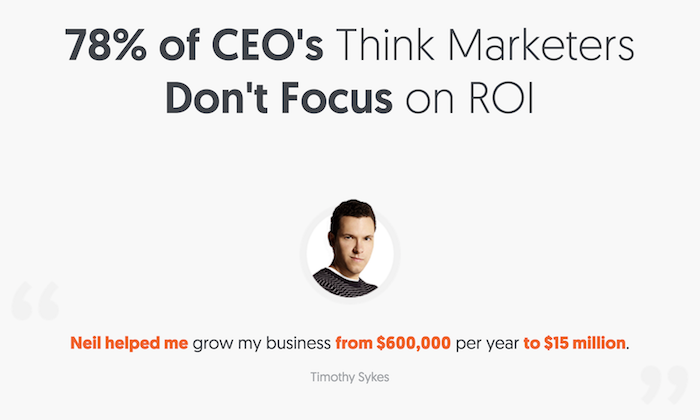



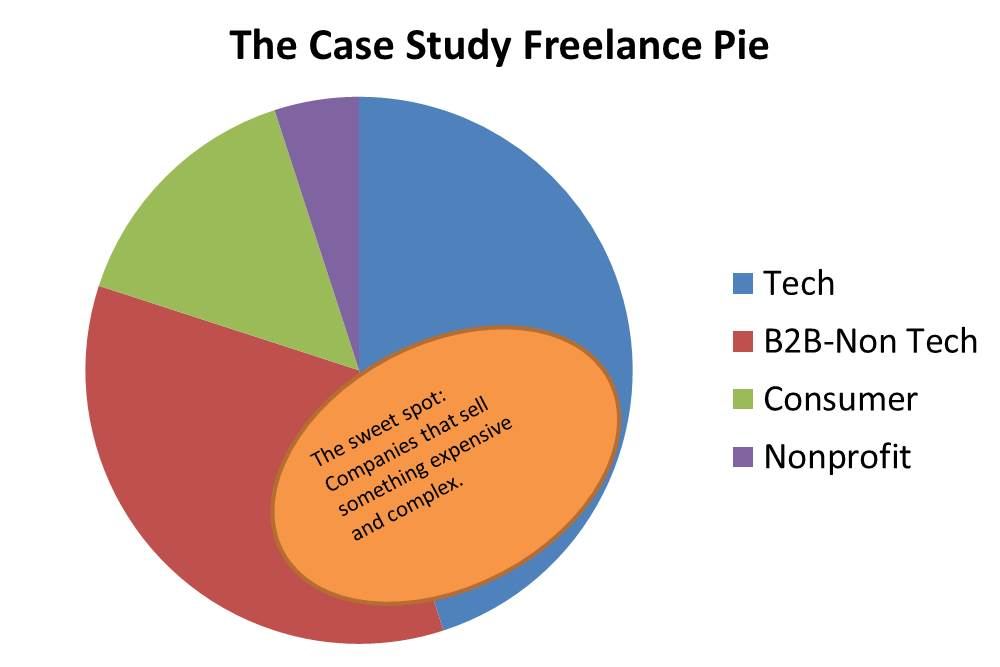
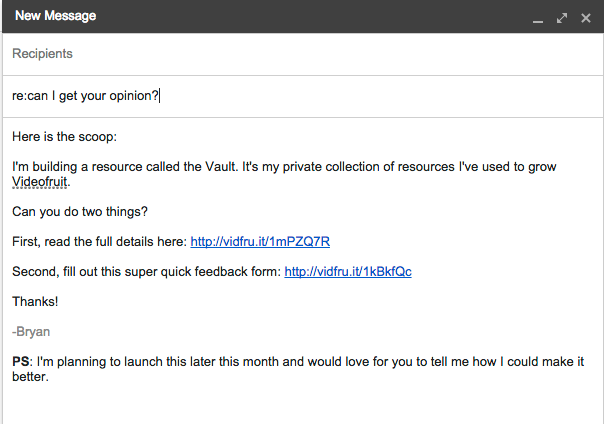



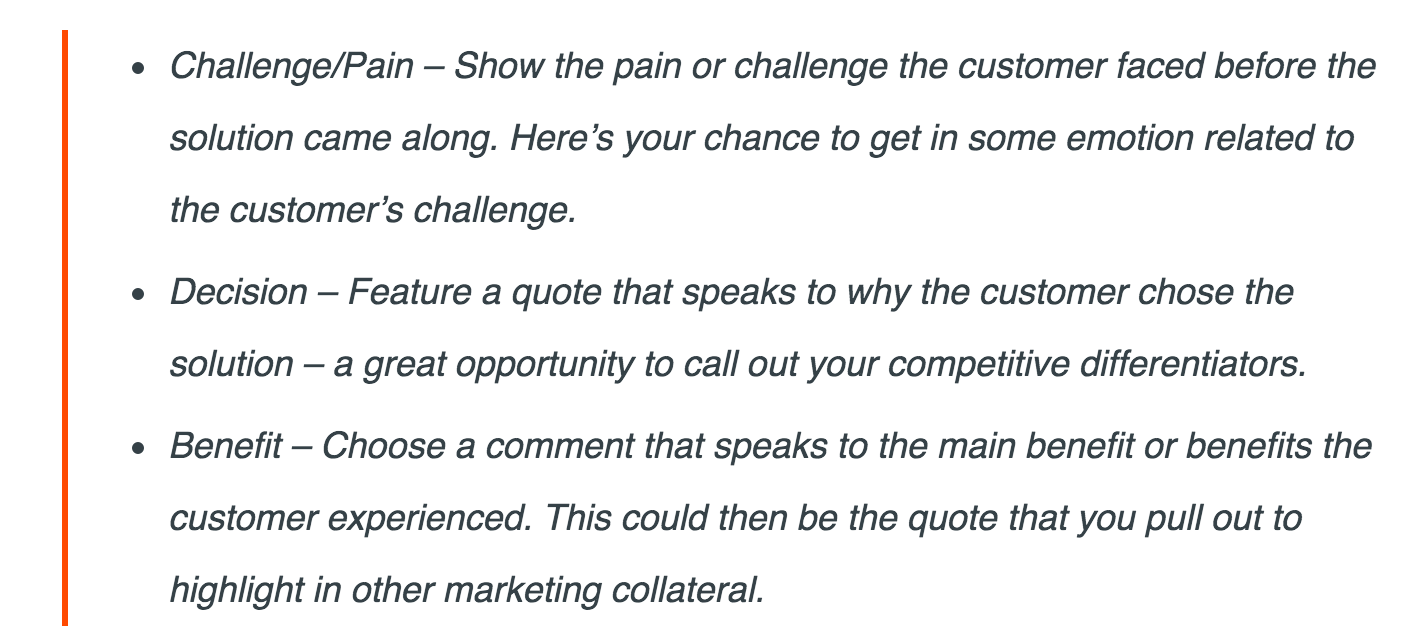




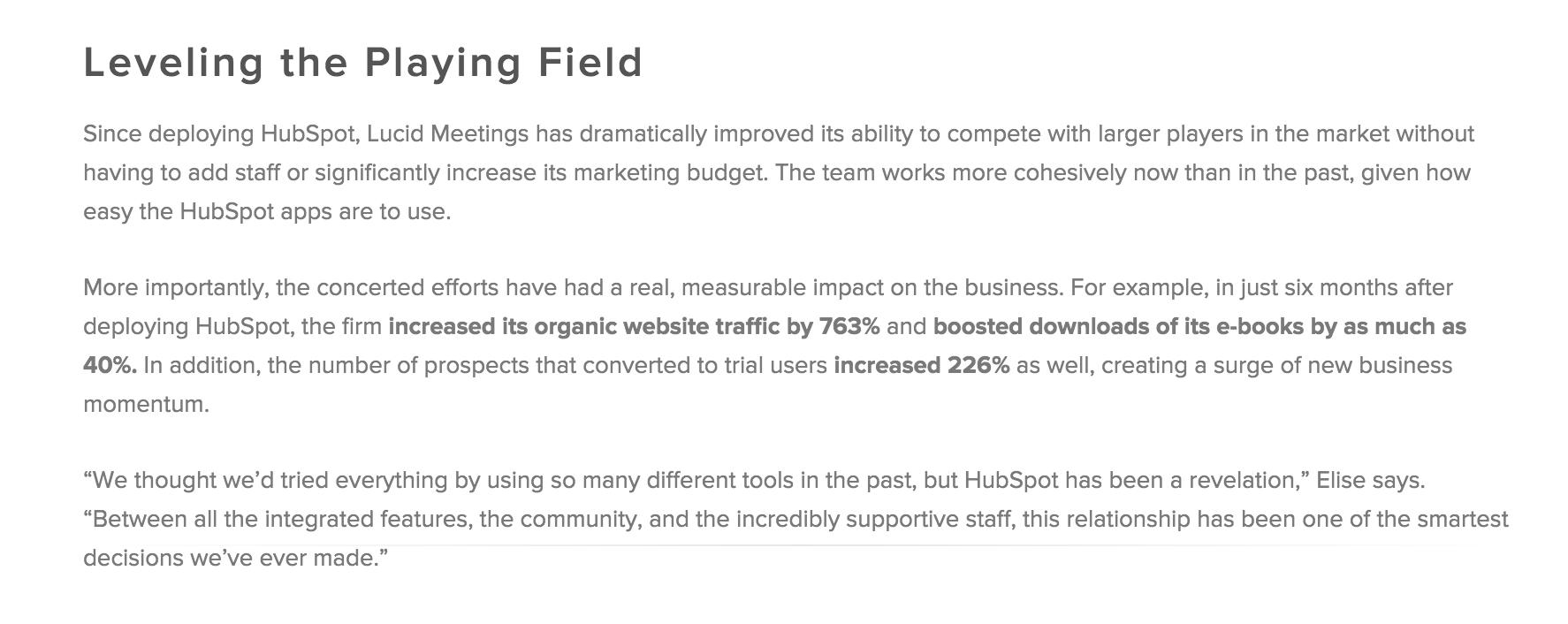








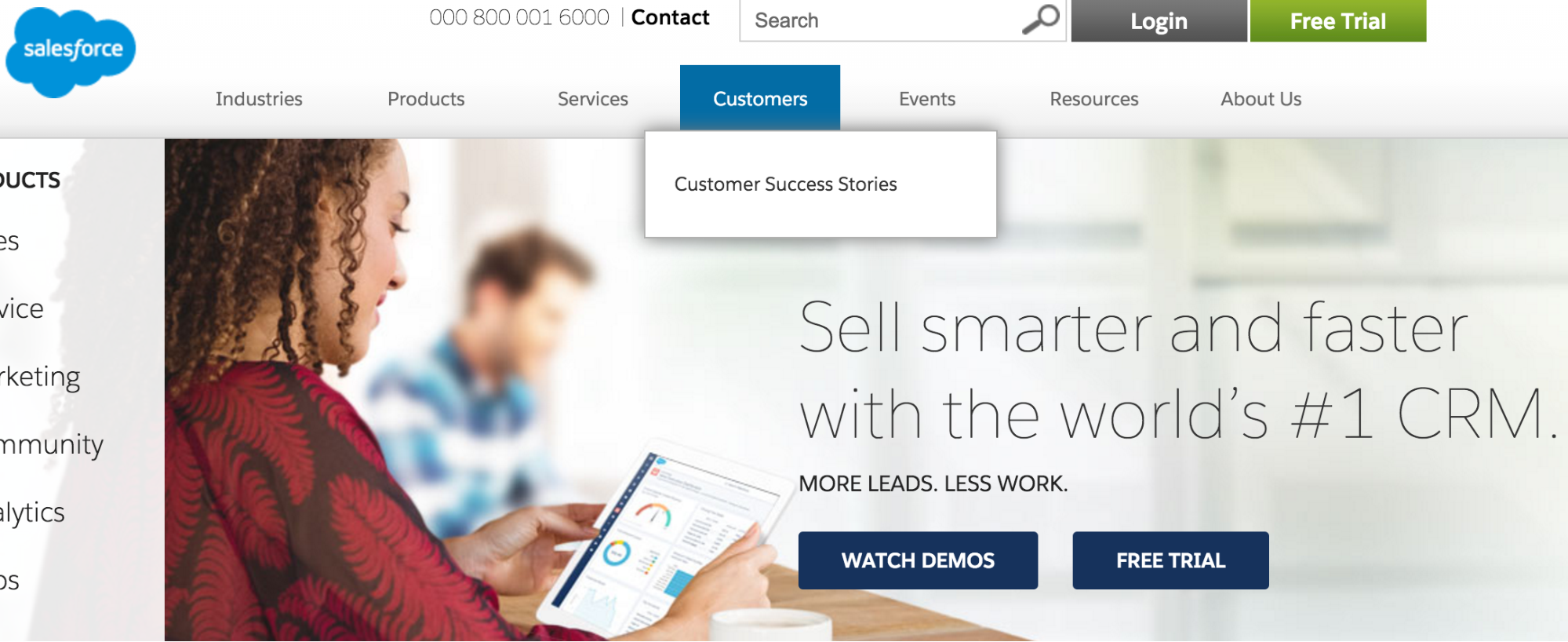

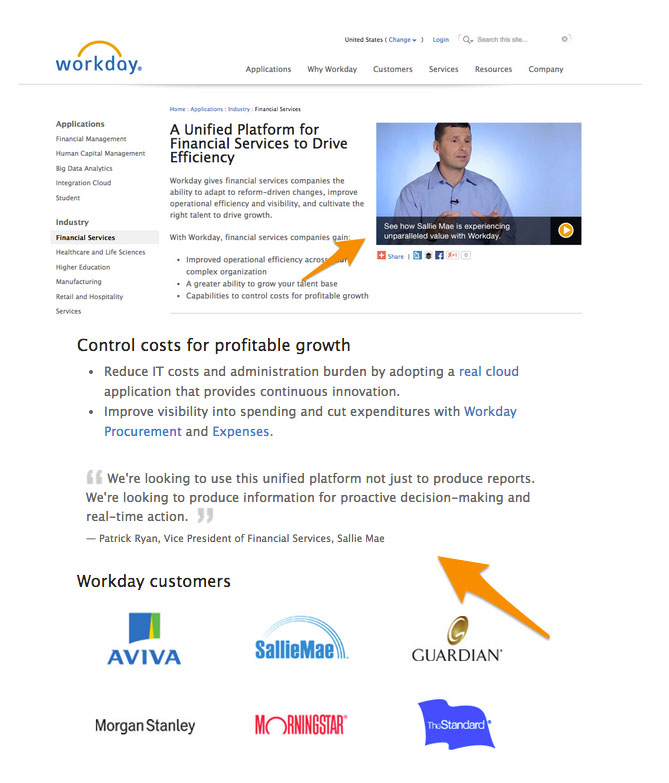
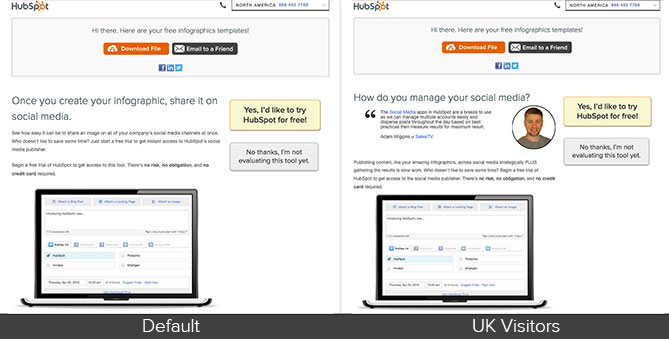

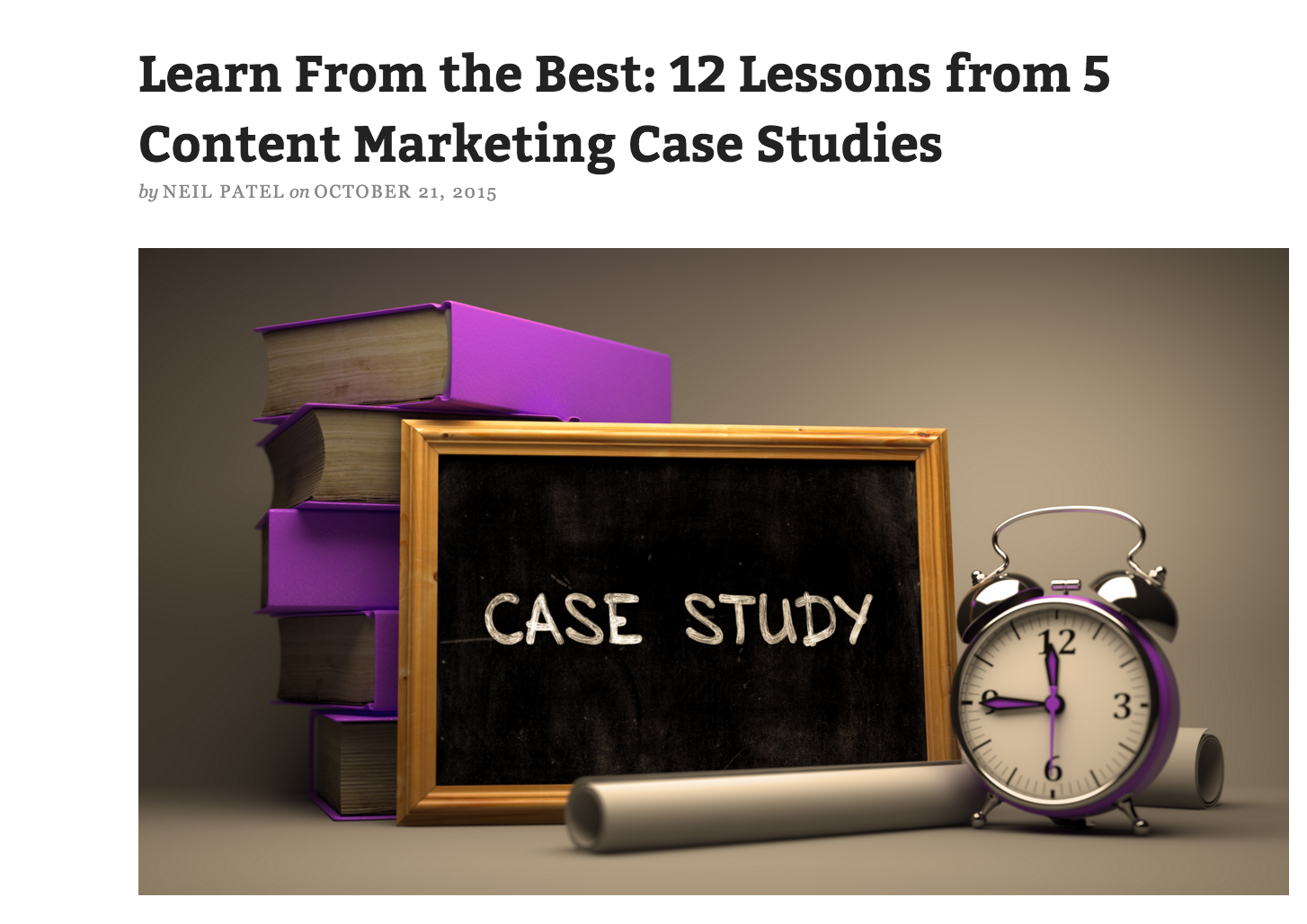


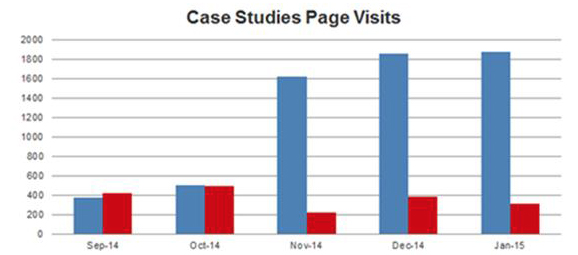
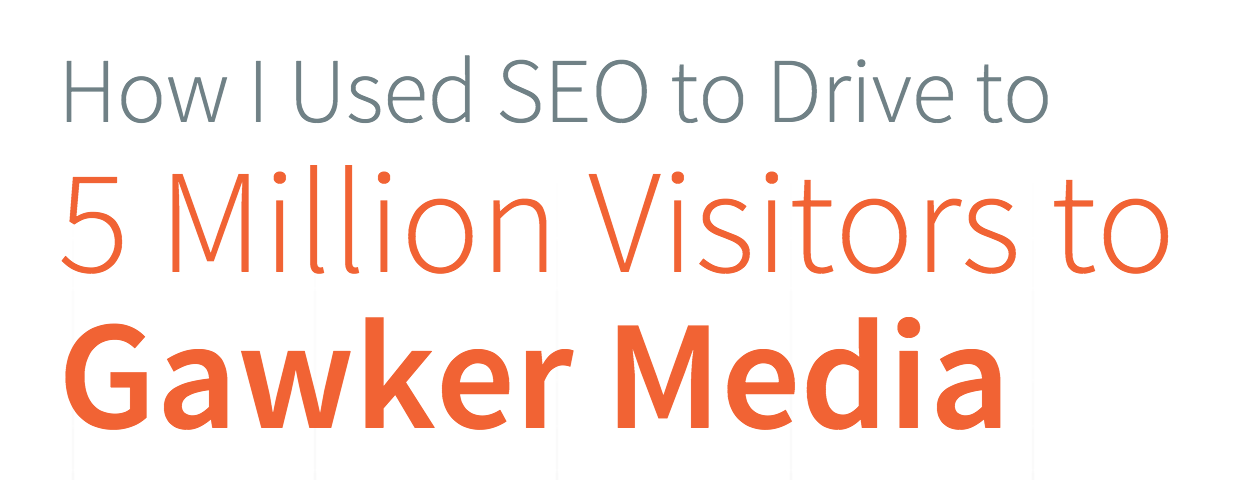
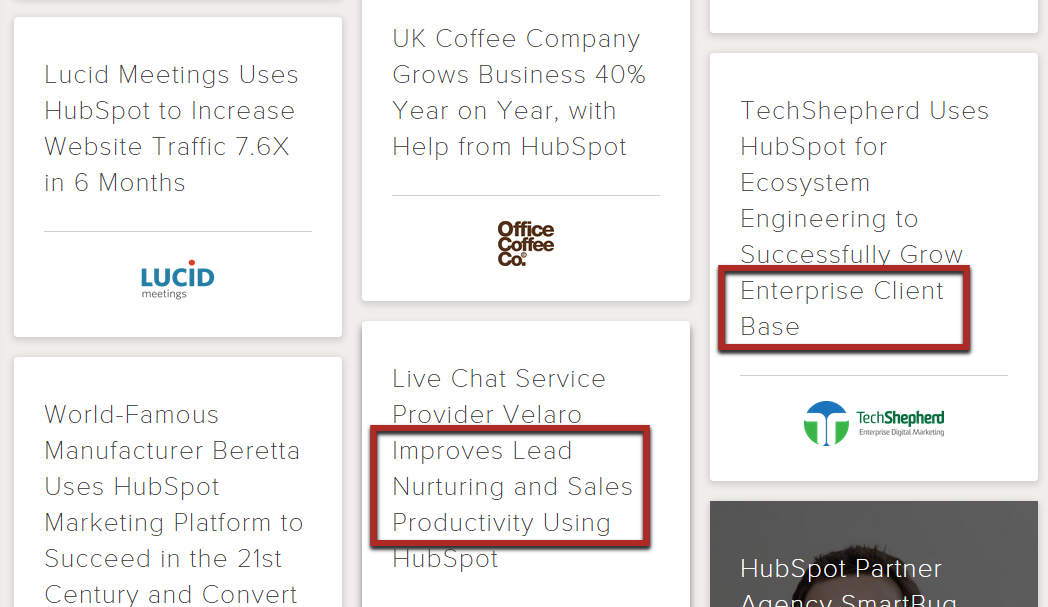






Comments (16)